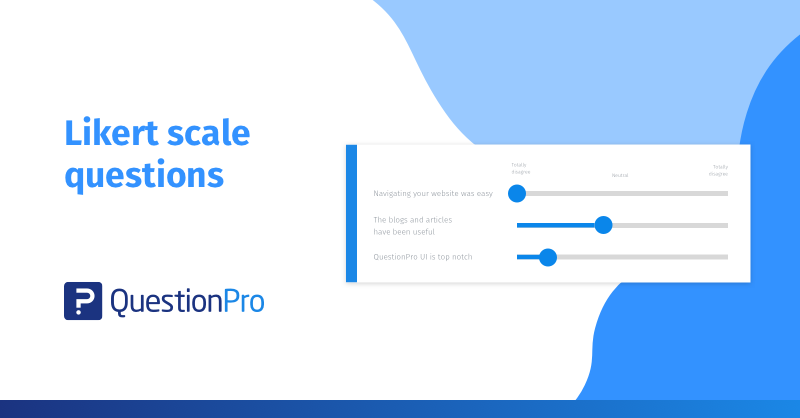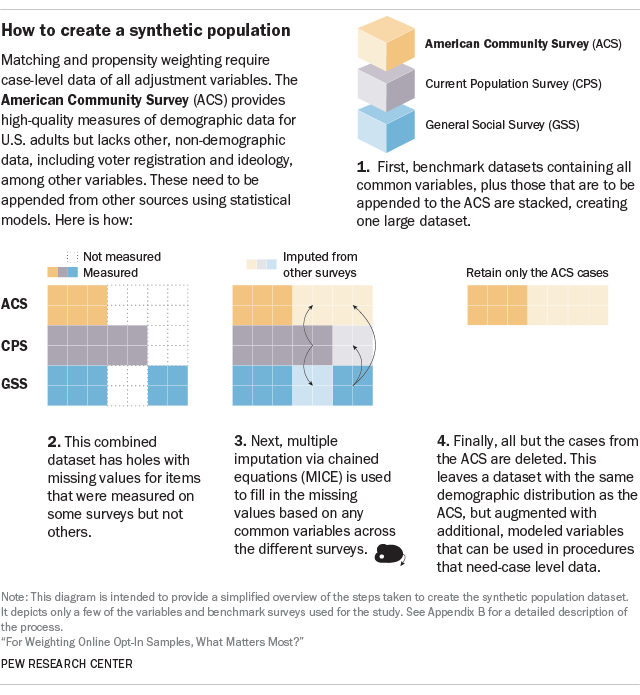Yes Max, math is math.
Sociology is not math, it is sociology.
Very good. Now understand that the percentage you reach from the voting is not sociology, it's math. And that math cannot be reached via the method WotC is using.
A survey about people's opinions on a subject uses some level of math...
Correct. The percentage(math) that they like it.
but it is more related to the field of sociology. A non-math field.
Not to achieve the percentage it doesn't.
Yes it is that close. Literally proved that a while back when I used the sample size calculator a few days ago. You just don't think it can be that close, because you think they just made up random numbers. Which they didn't.
No you didn't. You didn't do what they are doing, which is taking for broad categories and assigning arbitrary percentages to each one, none of which are correct, and then trying to come to an accurate total.
Here is an article talking about Likert Scale questions, with surveys and examples. The exact type of surveying WoTC is doing.
With this article, learn how to use Likert scale questions in your survey with examples. Access the Likert scale questions analysis with ready-made sample Likert scale questions.
www.questionpro.com
Dude that doesn't say what you think it says. At no point is it trying to come up with a percentage based on multiple broad categories like WotC is doing.
What that sort of survey is good for.
1. X% are very satisfied, X% are satisfied, etc. It doesn't tell you what either of those two broad categories mean specifically, though.
2. If you decide to weight satisfied as equal to very satisfied and dissatisfied as equal to very dissatisfied, you can get a percentage of people who are satisfied and a percentage who are not. And while that can help them find the 80% satisfaction rate, it fails miserably at giving them a percentage that includes people who are not satisfied, but want another version of the ability in question.
Number 2 above means that they cannot accurately gauge whether they should or should not make a new version of an ability. For example, say 67% of voters are satisfied or very satisfied. If they only use that number they won't make another incarnation because it failed to hit the 70% mark. However, there are certainly a bunch of people who were not satisfied with the current version, but would like another version to look at and vote on. It's impossible for them to know how many, so either they get it wrong by sticking to the 67% number and make no further incarnations of the ability, or they assign some arbitrary number to the dissatisfied votes and get it wrong that way.
Says the guy who linked something that isn't what WotC is doing. They've modified what that link shows and are using it in ways unintended by that style of survey and which are guaranteed to be wrong.






